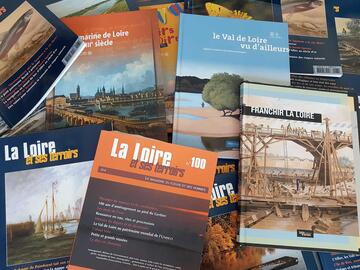
06/03/2025
[Fr] Décès de Philippe Auclerc
C'est avec tristesse que nous avons appris aujourd'hui le décès de Philippe Auclerc, co-fondateur de la maison d'édition "Loire et terroirs" et rédacteur...
Published on 26 October 2015 - Updated 29 January 2018
Cet article date d'il y a plus de 9 ans
In 2014-2015, seven university workshops helped to come up with ideas/projects on the banks of the Loire together with the local areas and their stakeholders. The aim of this initiative is to present new ways of looking at the fate of these spaces, set up opportunities for discussion and debate with elected local representatives and residents, develop programmes that factor in both the character of a site and its adaptation to contemporary uses, and envision possible futures.
In all, 73 students got involved in the seven workshops, supervised by 14 professors and 7 engineers, urban planners, architects and landscape architects from urban planning agencies, all of whom sought to find answers to practical questions:
7 videos have been produced:
The results are presented in a booklet of the projects and an exhibition, available fromMission Val de Loire.
This laboratory is coordinated by Mission Val de Loire in partnership with the urban planning agencies of the Orléans (AUAO), Tours (ATU) and Angers region (AURA) conurbations.
Four Loire Valley higher education institutions are involved:
The river's proximity has once again become an undeniable advantage as far as quality of life is concerned: the towns and villages along the Loire are restoring their river promenades, investing in recreational amenities (trails, open-air café with music, riverside parks), and showcasing their riverfronts overlooking the Loire by giving town and village centre public areas fresh makeovers.
This reconciliation is not without conflict of use – between residents, fisherfolk and walkers, or property conflicts between the local authority and private owners of a riverside estate that is deemed to be public property.
What future can we envision for these fragile riverside heritage spaces, which have no choice but to adhere to the restrictive prevention measures of PPRI (Flooding risk prevention plans)?